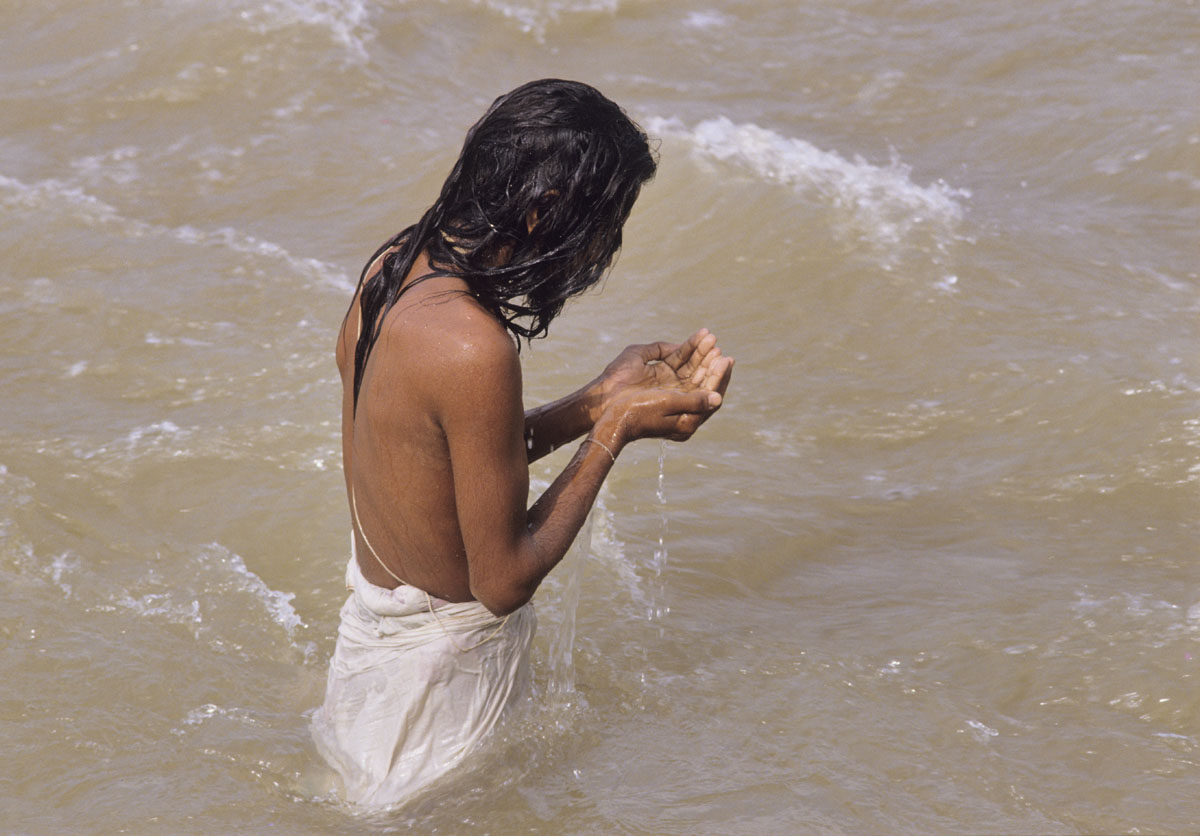SADHUS : THE QUEST FOR THE ABSOLUTE
Though practically anachronous in a country headed full steam towards the mirages of economic growth, the sadhus are part of the Indian landscape. They serve as spiritual guides in the villages, wend their way, alone or in small groups, along the pilgrimage routes and set up their temporary quarters near Hindu temples and holy spots. Some live a reclusive hermit life and leave their abode only for the Kumbh Mela festival, which gathers together, every three years, a veritable tidal wave of humanity.Today, between four and five million of them are said to have cut all ties with their families, having as their sole possessions a string of prayer beads, a staff, a water jug and an alms bowl. The sadhus, whose name means “holy” in sanskrit, have taken the vow to renounce the world in order to break the cycle of rebirths and attain the Absolute, the dissolution in God, the fusion in the cosmos. Present in India since the dawn of time, they have developed and tried all the disciplines imaginable and possible to reach this ultimate goal, from yoga to the most extreme austerities. Most of them hold to a strict practice of unifying body and spirit through breathing control or the recital of mantras. But what strikes the imagination the most is the mortifications that some isolated ascetics, inflict on themselves. They live completely naked covered with ashes, or they vow to spend their lives standing, day and night, supported by a swing. They meditate, immobile, at the hottest time of day in the centre of a circle of glowing cow-dung, or they keep their hands above their heads until their limbs are completely atrophied. With these methods they seek to obtain a perfect mastery of self, to acquire super-human powers which will allow them to achieve the supreme beatitude.





















